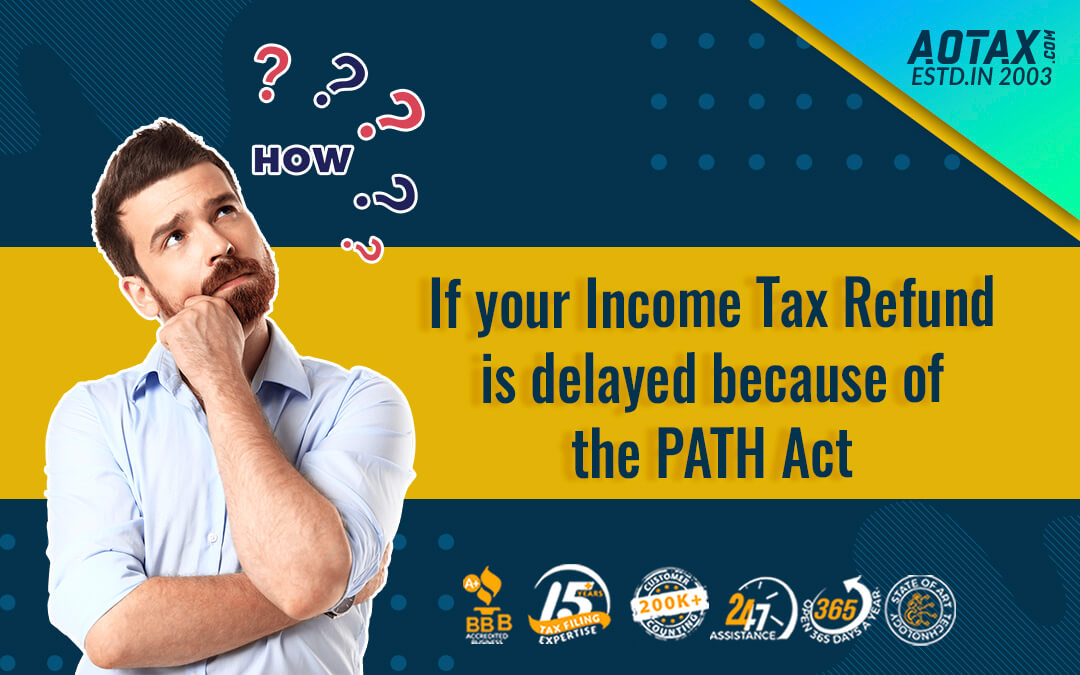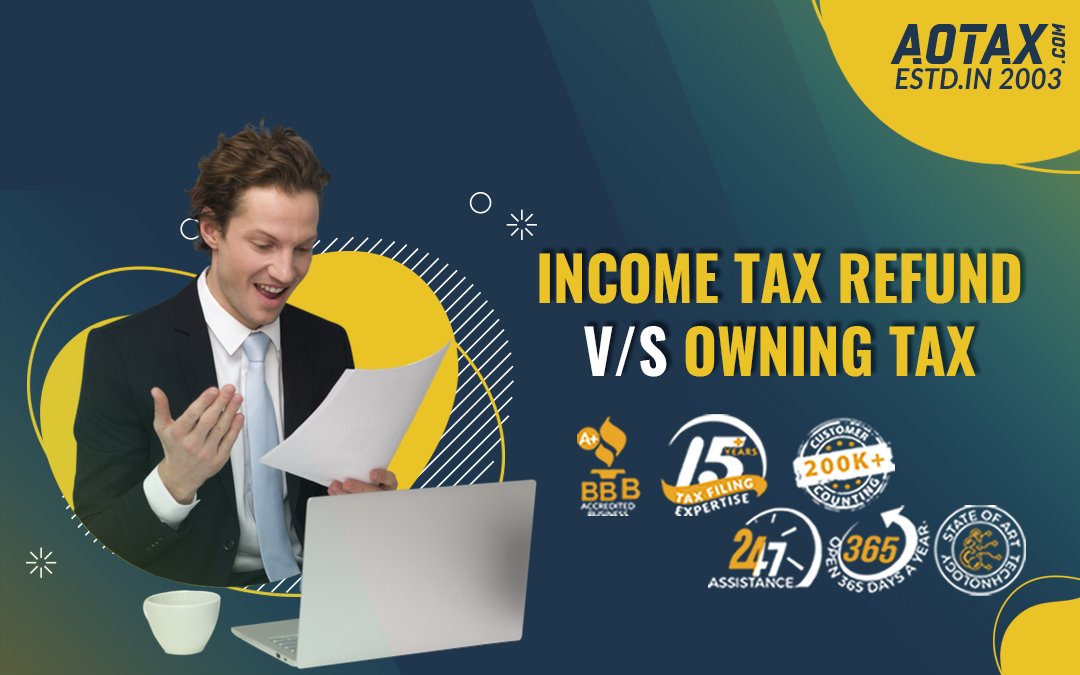If your Income Tax Refund is delayed because of the PATH Act

If your Income Tax Refund is delayed because of the PATH Act
The PATH Act was passed in the year 2015 and it would include some changes brought to the tax laws in the US. The PATH Act would include bringing up changes into the two major tax credits i.e. The Additional Child Tax Credit (ACTC) and the Earned Income Tax Credit (EITC).
The refundable part of the ACTC is known as the Child Tax Credit (CTC). EITC is a mean-based tax credit that is refundable and it’s worth would be more than $6,000.
The PATH (Protecting Americans from Tax Hikes) Act was signed into a bill in the year 2015. According to the PATH Act, the IRS will not issue refunds which would include the EITC and ACTC before the mid of February.
The PATH Act applies to all tax preparation methods and its main objective is to help in detecting and prevention any tax frauds. Moreover, by the extension in the release of refund, the IRS gets time to ascertain that the taxpayers are properly claiming their tax credits.
PATH Act and the Extended Tax Credits
Those taxpayers who are willing to claim the ACTC (Additional Child Tax Credit) can avail a significant break on their federal income tax. This break can be up to 15% of the income the taxpayer family has earned above the initial threshold of $3000.
Let us illustrate this with the help of an example.
- Suppose, a family has an income of $40,000 then the refund of 15% would be applied on the $37,000 which is the amount that is left after the threshold of $3000 has been applied.
- The expiring tax laws can raise this tax threshold to around $10,000 which can lower your tax refund amount but the PATH Act would help in keeping the threshold fixed at $3000 permanently.
Similarly, the PATH Act would help in permanently increasing the phase-out threshold for the EITC (Earned Income Tax Credit) by an amount of $5000 for those who are married and filing their tax returns jointly. This implies that those couples who have earned more than $5000 would have been originally allowed might now receive the complete EITC for their income.
Some additional changes to the EITC
There have been some additional changes to the EITC by the PATH Act which can have an impact on your tax returns.
- The Social Security Number (SSN) is always necessary to claim the EITC. However, according to the older tax laws the credit could have been claimed even for those years for which the taxpayer did not have an SSN.
- By the PATH Act, EITC cannot be claimed for those years in which the taxpayer did not have a valid SSN.
- Taxpayers who are claiming the EITC by erroneous means can be penalized by the IRS under the provisions of the PATH Act. This can also restrict the taxpayer from claiming the EITC credit for the upcoming 10 years.
Delay in the tax refunds
Most of the taxpayers who are claiming the EITC and ACTC would be experiencing a delay in the receipt of their tax refunds. According to the PATH Act’s provisions, the IRS should withhold the tax refund for those taxpayers who are claiming these credits till 15th February 2021.
In case, a taxpayer is filing his tax returns before 15th February then he owes a tax refund and in case he is claiming the EITC or ACTC then the refunds would be withheld until the 15th February deadline. By this delay, the IRS would get a considerable amount of time to match up the information present on a taxpayer’s tax returns and the respective W-2 forms. This would help detect and prevent identity thefts and tax frauds.
According to the IRS, if a taxpayer has claimed the EITC and ACTC then he can expect to obtain his tax refund by the first week of March. This would be feasible if the below-mentioned conditions are satisfied:-
- The tax returns are filed online by the taxpayer
- The taxpayer would get his refund by Direct Deposit
- There have been no issues found with the filing of the tax returns
Conclusion
Hence, if the credits EITC and the ACTC are being claimed then the taxpayer must be prepared to experience a delay in receiving their tax refund. The refund status can always be checked by using the “Where’s My Refund” tool or by using the IRS2Goapp.






Recent Comments